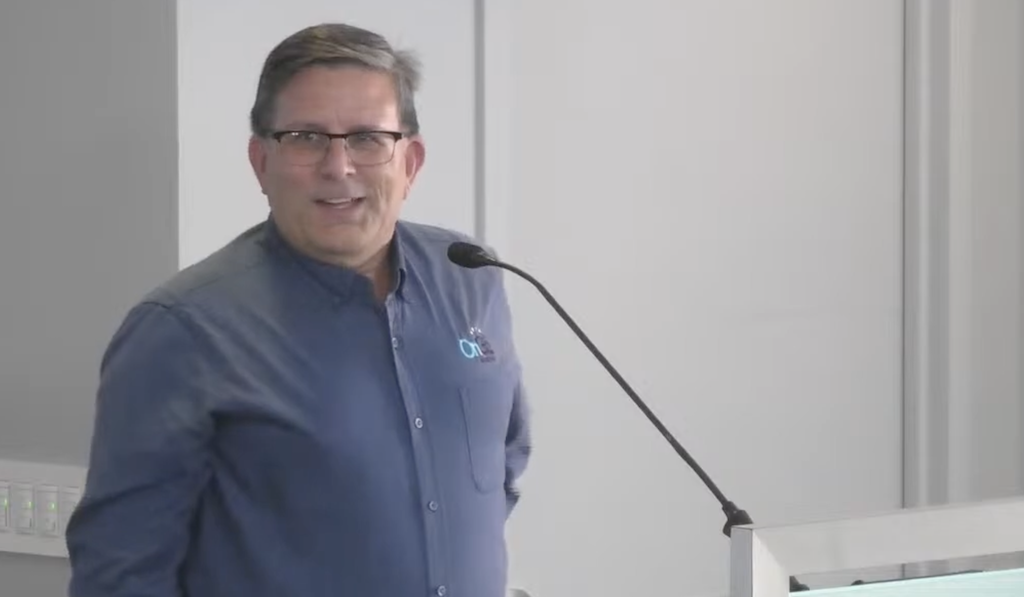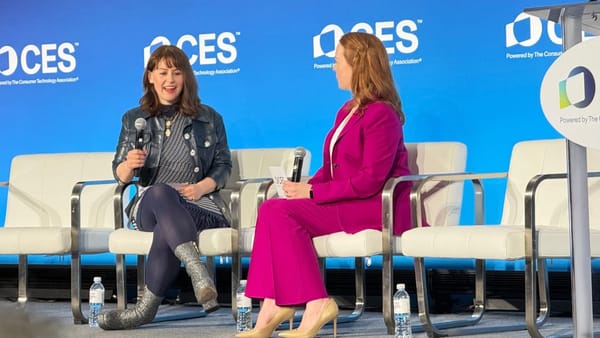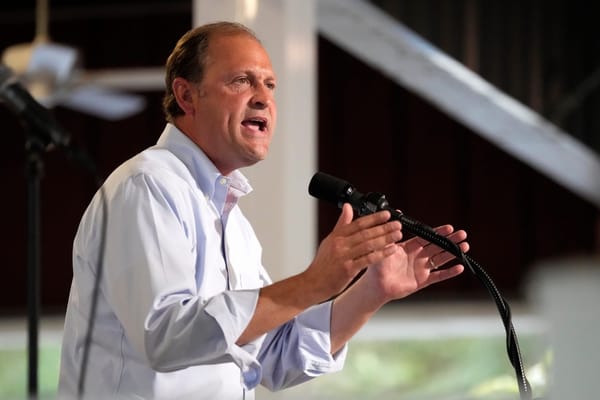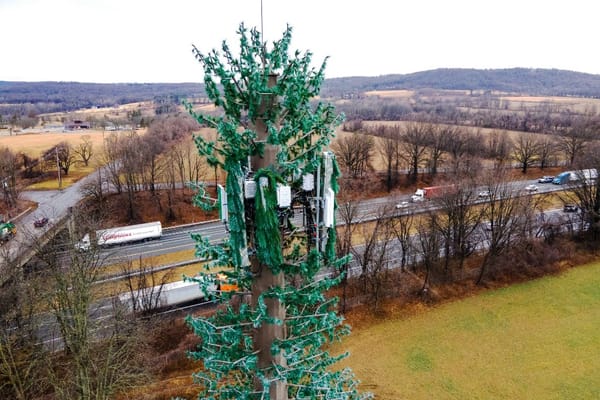Expanded CBRS Service Areas Expected End-of-Summer
The FCC is circulating a proposal on more changes to the Citizens Broadband Radio Service.
Jake Neenan

WASHINGTON, June 18, 2024 – New rules for the Federal Communications Commission’s spectrum sharing system should be fully implemented by the end of the summer, a director of the organization that promotes the framework said on Tuesday.
The FCC, along with the Defense Department and National Telecommunications and Information Administration, announced on June 12 new rules for the Citizens Broadband Radio Service that open up large swathes of the country to uninterrupted service from the system.
CBRS uses a tiered license system, with government users, priority license holders, and general access users sharing the 3.5 GHz band. Each tier gets preference over the one below it, with spectrum access systems denying access to commercial users when military systems – largely Navy radars – are online.
With last week’s announcement, the models those systems use to predict interference will be less conservative, shrinking the areas in which commercial service could potentially be turned off to protect Navy systems – called dynamic protection area neighborhoods – and bringing uninterrupted service to about 72 million more Americans by FCC estimates.
“I can virtually guarantee you this will be implemented by the end of the summer, probably considerably sooner than that, but that’s our expected timeline,” said Andrew Clegg, the spectrum engineering lead at Google and director of the OnGo Alliance. The OnGo Alliance is an industry group that promotes CBRS and collaborated with the FCC and other government agencies on the updated rules.
The new rules went into effect immediately, but administrators of spectrum access systems, which control spectrum access to prevent interference, will have to submit to the FCC tests showing they can implement the changes. Google is one of six such operators approved by the agency.
Clegg spoke at an event hosted by New America’s Open Technology Institute, along with government and industry stakeholders celebrating the rule change.
More changes on the way
One day after the rules were announced, FCC Chairwoman Jessica Rosenworcel circulated a proposal that would, if approved by a commission vote, take comment on making further changes to CBRS policies. The text of that proposal has not yet been released publicly.
Rosenworcel’s wireless legal advisor Jonathan Campbell said the proposal would seek comment on refining incumbent protection methodologies, other instances in which less restrictive anti-interference measures might be warranted, and promoting private network deployment in the band.
Jennifer McCarthy, vice president of legal advocacy at SAS operator Federated Wireless and chair of the OnGo Alliance’s regulatory working group, said the alliance is planning on responding to the FCC’s notice, assuming it receives approval.
McCarthy hinted support for allowing higher power levels in the band, which she said “would improve coverage in rural areas in particular,” and expressed support for aligning protection methodologies with adjacent bands.
Among things to consider with respect to higher power in the band, according to McCarthy: “What would the protections and the coexistence guardrails that would be necessary to protect existing users, and especially low and medium power users? How do we find that right balance between allowing more flexibility on the power and making sure those who have already invested in systems are not being not being negatively impacted?”
Higher power would be a boon for providers using CBRS spectrum for fixed broadband or mobile service, as they could provide connection further away from radios.
The FCC has not announced the agenda for its July 18 open meeting, which would be the soonest the CBRS proposal could be voted on.










Member discussion